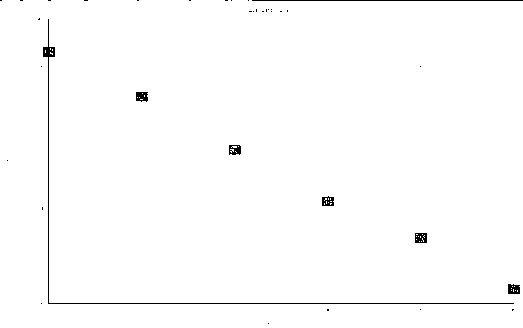SYBR green I fluorogenic quantitative PCR (polymerase chain reaction) detecting method of pig proliferative enteropathy Lawsonia Intracellularis
A technology for Lawsonia intracellulare and porcine proliferative enteritis, applied in the field of bacterial detection, can solve the problems of reduced feed remuneration rate, complicated clinical symptoms, difficult to accurately judge, etc.
- Summary
- Abstract
- Description
- Claims
- Application Information
AI Technical Summary
Problems solved by technology
Method used
Image
Examples
Embodiment
[0033] (1) Primer design
[0034] According to the LI aspA gene (AY280626) registered in GenBank, a pair of primers were designed using Primer5.0 molecular biology software and sent to Shanghai Sangong Bioengineering Company for synthesis. The primer sequences are as follows:
[0035] PPE-1-F: 5--TAT, GGC, TGT, CAA, ACA, CTC, CG--3
[0036] PPE-1-R: 5--TGA, AGG, TAT, TGG, TAT, TCT, CC--3
[0037] The expected amplified fragment of PPE-1-F / R is 227bp.
[0038] (2) Extraction of DNA template
PUM
 Login to View More
Login to View More Abstract
Description
Claims
Application Information
 Login to View More
Login to View More - R&D
- Intellectual Property
- Life Sciences
- Materials
- Tech Scout
- Unparalleled Data Quality
- Higher Quality Content
- 60% Fewer Hallucinations
Browse by: Latest US Patents, China's latest patents, Technical Efficacy Thesaurus, Application Domain, Technology Topic, Popular Technical Reports.
© 2025 PatSnap. All rights reserved.Legal|Privacy policy|Modern Slavery Act Transparency Statement|Sitemap|About US| Contact US: help@patsnap.com



